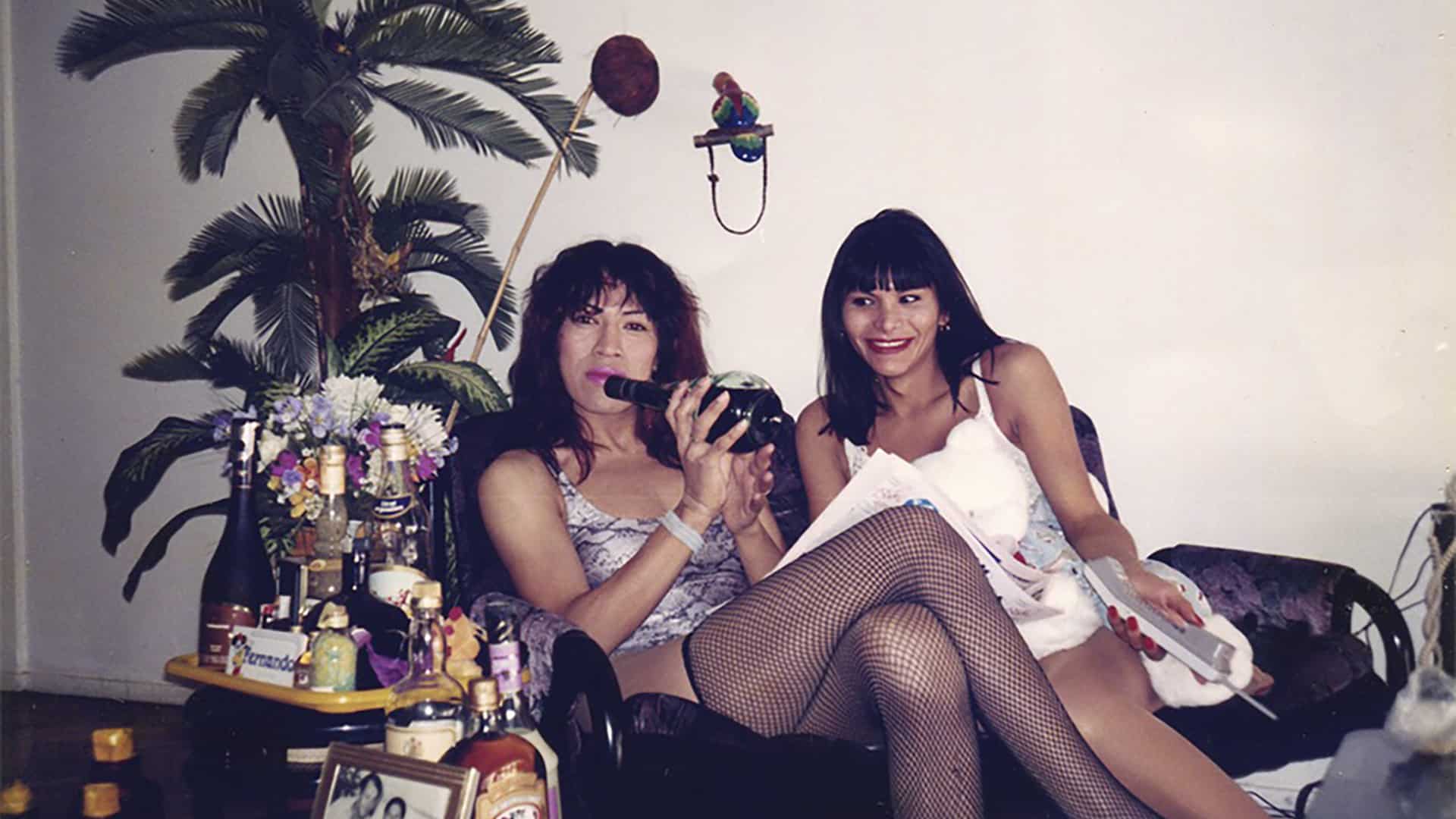A documentary shows how photography has united the transgender community in Argentina and allowed them to proclaim their identity. Director Quentin Worthington sought out the guardians of these liberating and painful memories.

You’re getting blind.
Don’t miss the best of visual arts. Subscribe for $9 per month or $108 $90 per year.
Already suscribed ?



